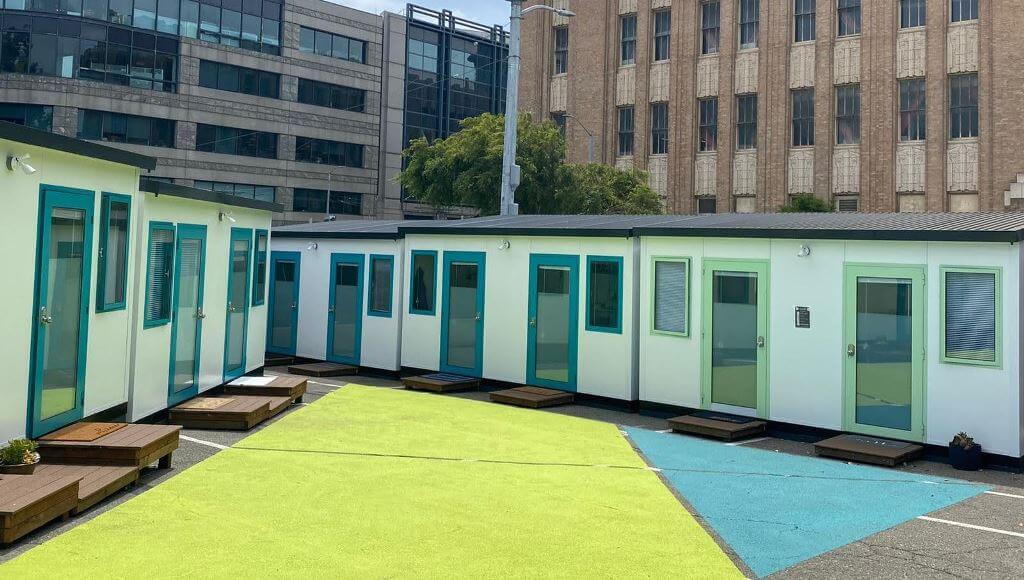Any time that a parcel of land is underutilized or vacant is a waste of a precious resource. We take advantage of parking lots or other sites to create temporary DignityMoves communities for as little as 3 years. When needed we pick up the units by forklift and relocate them to a new location in the region where they can continue to be used for interim housing.
A ½ acre can accommodate a DignityMoves community with 70 rooms, including ample common areas. Our modular model allows us to take advantage of odd-shaped parcels that might be overlooked.

